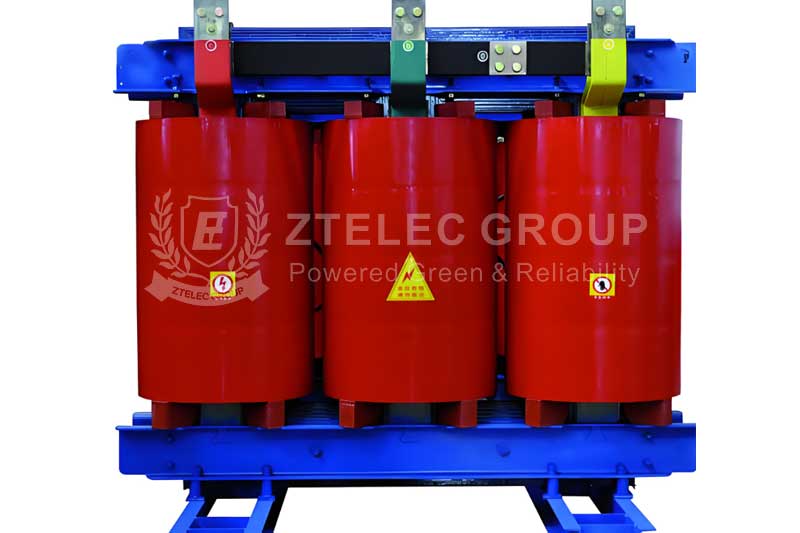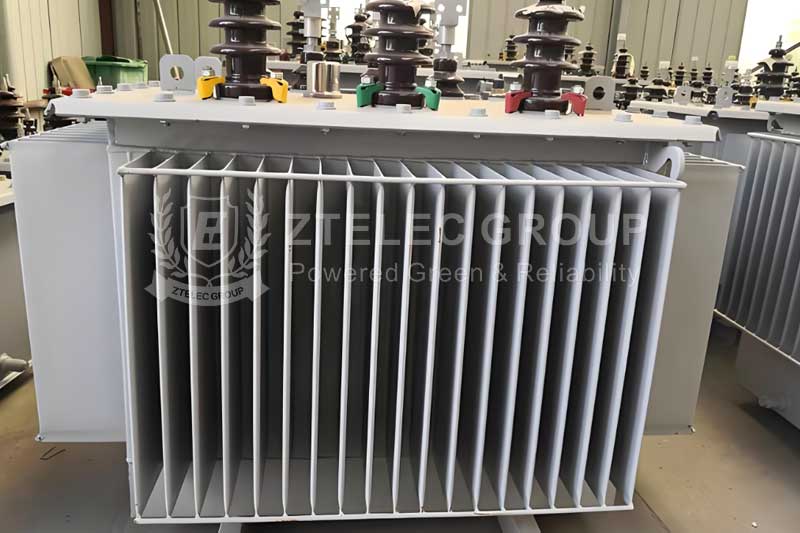What are the Different Types of Transformers?
Types of Transformers:
As an important electrical device, transformers are widely used in power transmission and distribution systems. They convert alternating current energy at one voltage level into another voltage level through the principle of electromagnetic induction, thereby achieving efficient transmission and use of electrical energy. There are various types of transformers, and this article will explore the primary classifications of transformers in terms of structure, purpose, and operating principles.
From a structural perspective, transformers can be categorized into the following types:
1. Oil-immersed Transformers: This type of transformer is filled with electrical oil, which not only provides insulation but also effectively dissipates heat. Oil-immersed transformers are commonly used in high-voltage and medium-voltage equipment within power systems, offering excellent load capacity and durability.
2. Dry-type Transformers: These transformers use air as the cooling medium, have a simpler structure, and do not leak oil during operation. Therefore, dry-type transformers are often employed inside buildings and in densely populated areas.
3. Autotransformers: Compared to traditional transformers, autotransformers have two terminals of the same winding, with a certain electrical connection between the primary and secondary sides. This design reduces material usage and size while improving transformer efficiency.
4. Isolation Transformers: Isolation transformers provide good electrical isolation and are widely used in situations that protect personal safety and equipment stability. Their operating principle is based on the transformer's insulating properties, which reduce direct connections between equipment and the power source.

Composite-transformer
From a usage perspective, transformers can be classified into the following types:
1. Power Transformers: Power transformers are core components of power systems, primarily serving to reduce high-voltage electrical energy generated by power plants for delivery to consumers, or to increase low-voltage energy for long-distance transmission. Power transformers typically have high power ratings.
2. Distribution Transformers: Distribution transformers are essential components of electrical distribution networks, mainly used to reduce high voltages in power transmission systems to low voltages suitable for users. They are commonly situated in urban areas, rural settings, and industrial zones.
3. Laboratory Transformers: Laboratory transformers are mainly used in laboratories and research institutions to assist scientists in various electrical experiments such as voltage regulation and short-circuit tests. They emphasize safety, adjustability, and stable output characteristics.
4. Welding Transformers: Specialized transformers used in arc welding processes, capable of outputting regulated low-voltage, high-current power supplies to ensure the quality and efficiency of welding.

10kv-oil-immersed-transformer
From the perspective of working principles
Generally, transformers rely on the magnetic fields created by the current changes in two electromagnetic windings to achieve voltage transformation. Specific classifications can be distinguished as follows:
1. Step-up Transformers: Their primary function is to provide low voltage at the input and output high voltage after passing through the transformer, suitable for long-distance power delivery or special equipment needs.
2. Step-down Transformers: In contrast to step-up transformers, step-down transformers reduce high-voltage sources to safe and usable voltages, protecting equipment from high-voltage damage.
Transformers come in a wide range of types, models, and specifications to meet different power requirements and application scenarios. From power transformers to distribution transformers and laboratory transformers, each type has its unique design concepts and functional characteristics, reflecting the complexity and diversity of modern power technology. With continuous technological advancements and increasing demands for energy efficiency, the development of transformers is continually evolving to better meet the needs of societal and economic development. By understanding the basic types of transformers and their functions, we can apply this technology more effectively, fostering further prosperity in the electrical industry.
- more+releated article
- 2025-12-13How to Select and Use Phenolic Cloth-base Lami
- 2025-12-13How Much Does Bakelite Sheet Cost? 2025 Price
- 2025-12-13Why are most 3240 epoxy boards yellow?
- 2025-12-13What are the Main Applications of FR4 Epoxy Bo
- 2025-12-13Why Does the Price of Insulating Paperboard Va
- 2025-12-13Heat-Resistant DDP Insulation Paper
- 2025-12-13Comparison of Heat-Resistant DDP Insulating Pa
- 2025-12-13G10 and FR4 Epoxy Boards: Commonly Used for Ge
- 2025-12-13The Price of Heat-Resistant DDP Insulation Pap
- 2025-12-13How to Choose Epoxy Laminate Materials for Gen





